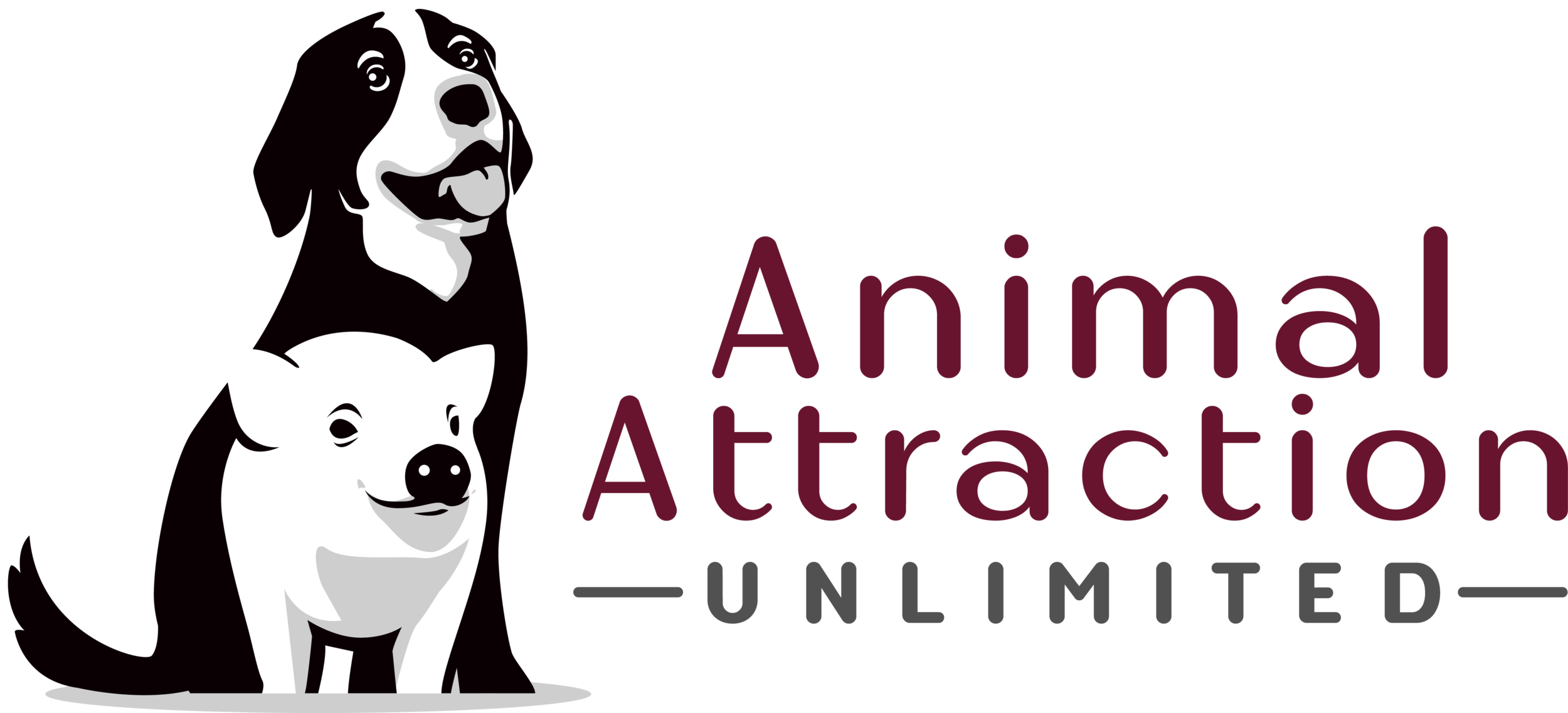Dog Socialization: More Than Just Public Outings
This discussion emphasizes that socialization for dogs is often misunderstood and goes beyond simply exposing a dog to various environments. True socialization, especially for puppies, requires controlled, positive, and appropriate interactions to build a well-adjusted dog.
Here's a breakdown of the key points:
What Socialization Isn't
Just taking your dog to public places like coffee shops or Home Depot and having them present.
Allowing people to simply walk by without interaction or letting them interact inappropriately (e.g., rough play with a puppy).
Putting a puppy with any available dog, especially those with aggressive tendencies or overwhelming play styles (e.g., an 8-month-old puppy that's used to playing with adult dogs).
Overwhelming a dog with too many or too long interactions, even if the intentions are good. Exhausting a puppy can turn a potentially good experience into a negative one.
Having a dog present but not allowing them to interact, such as a competition dog owner who wants their dog to focus only on them in distracting environments.
What Socialization Is
Quality over Quantity (initially): Ideally, a dog's first 150-200 interactions should be positive, with nice dogs and nice people who interact gently (coddling, holding, feeding).
Controlled and Thoughtful Experiences: Owners need to actively manage interactions. Don't be afraid to step in if someone is playing too roughly or letting your puppy jump when you're trying to train them not to. Your dog's well-being comes first.
Diverse Interactions: Puppies need exposure to men, women, and children of all ages, as well as different smells and sounds.
Short Sessions: Keep socialization outings brief, especially for puppies. It's better to have several short, positive experiences than one long, overwhelming one. End the session before the dog gets tired or uncomfortable.
Age-Appropriate Play: For puppies, playing with littermates or other puppies of similar age is ideal for learning appropriate social cues. Adult dogs have different play styles that can overwhelm a young puppy.
Building Confidence and Tolerance: The goal is to build a "padding" of positive experiences so that if a dog encounters a negative interaction, it doesn't define their perception of all future encounters.
Allowing Interaction: Socialization means the dog is actively engaging with their environment, not just observing it.
The Critical Socialization Window
The scientific socialization period for puppies is generally considered to be up to 15 weeks old. This is a crucial, short window.
There's a conflict between this critical window and some veterinary advice to wait until a puppy is fully vaccinated (often after 16 weeks) before going out. Owners need to balance safety with providing essential early experiences.
Safe ways to socialize a young puppy before full vaccination include walking them on sidewalks (avoiding grass where other dogs might have been), carrying them in a shopping cart in a non-grocery store, or taking them to friends' houses who have controlled, safe environments.
After 15 weeks, the "window of opportunity" largely closes, and addressing behavioral issues often shifts from "socialization" to "building confidence," which is a different process with some similarities but distinct approaches.
Practical Tips
Plan Ahead: Before getting a puppy, think about who the puppy can safely interact with.
Set Up Playdates: If you get a puppy from a breeder, inquire about setting up playdates with other puppies from the same litter.
Provide a Retreat: When socializing, ensure your dog has a safe place to rest and decompress, like a crate in a quiet back room at a party.
Observe Your Dog: Pay close attention to your dog's body language. End the session before they show signs of fatigue, stress, or overwhelm.
Ultimately, effective socialization is a thoughtful, controlled process aimed at creating a well-adjusted dog that can navigate the world comfortably and positively. It's about empowering your dog to understand and engage successfully with humans and other animals.
